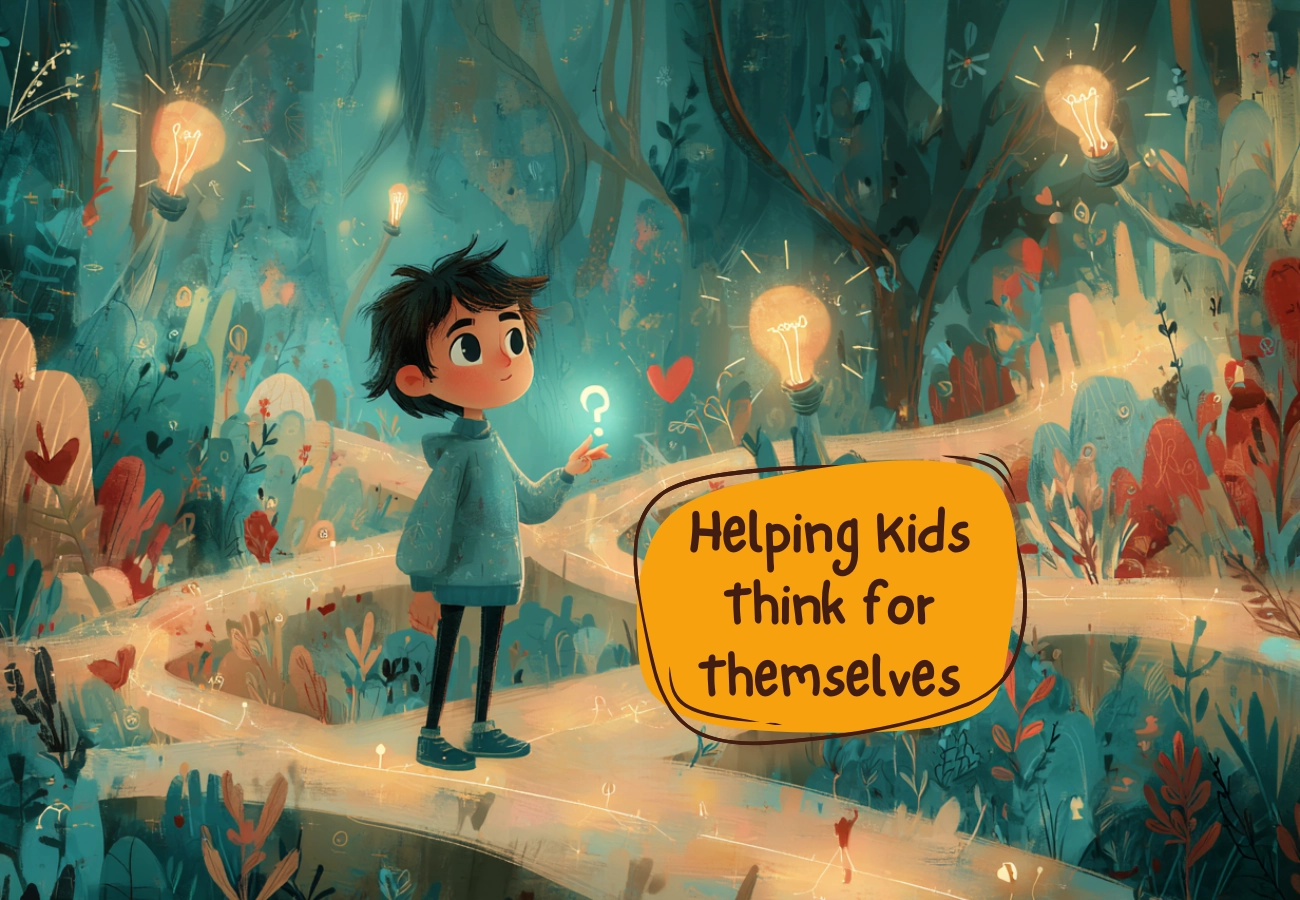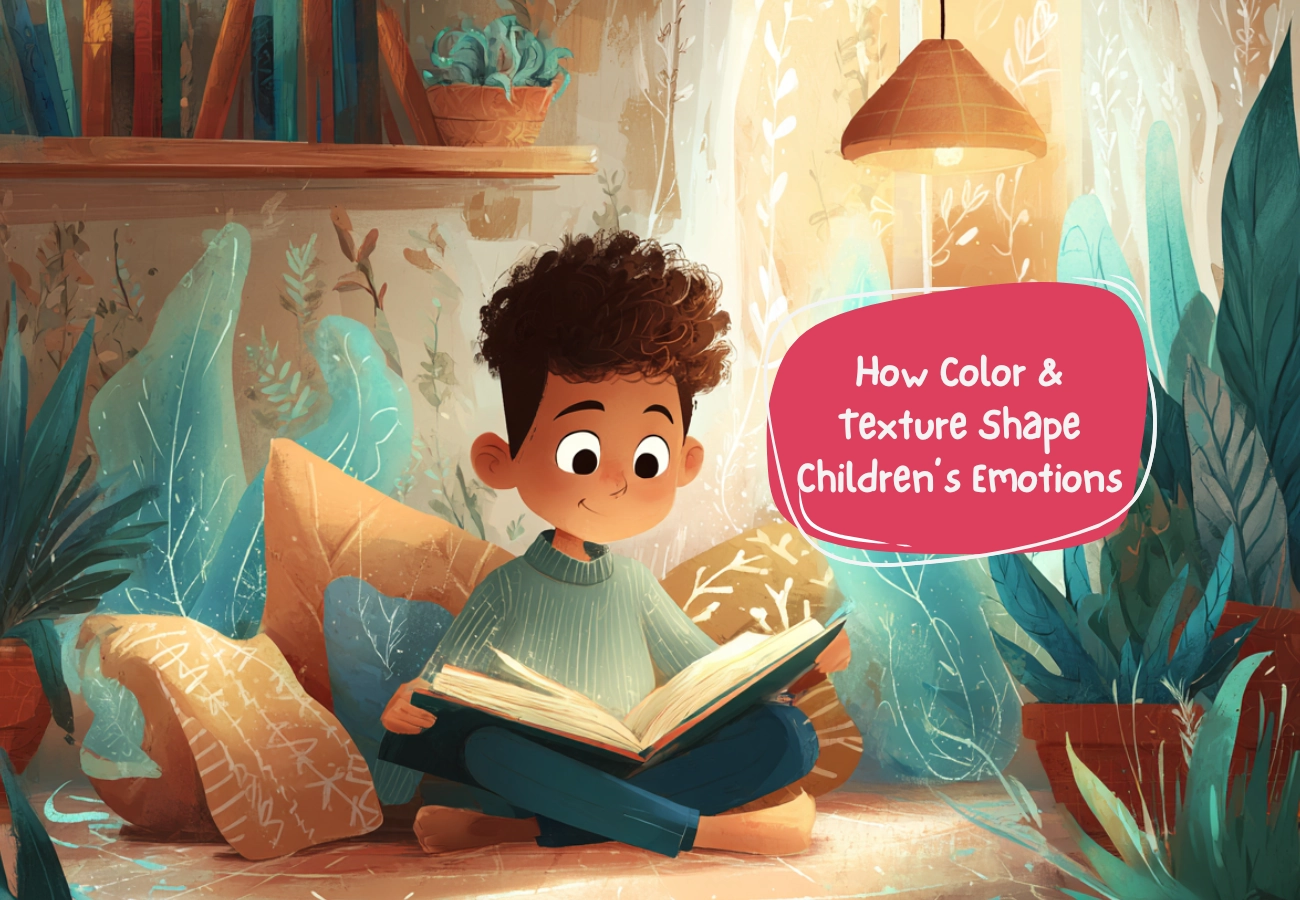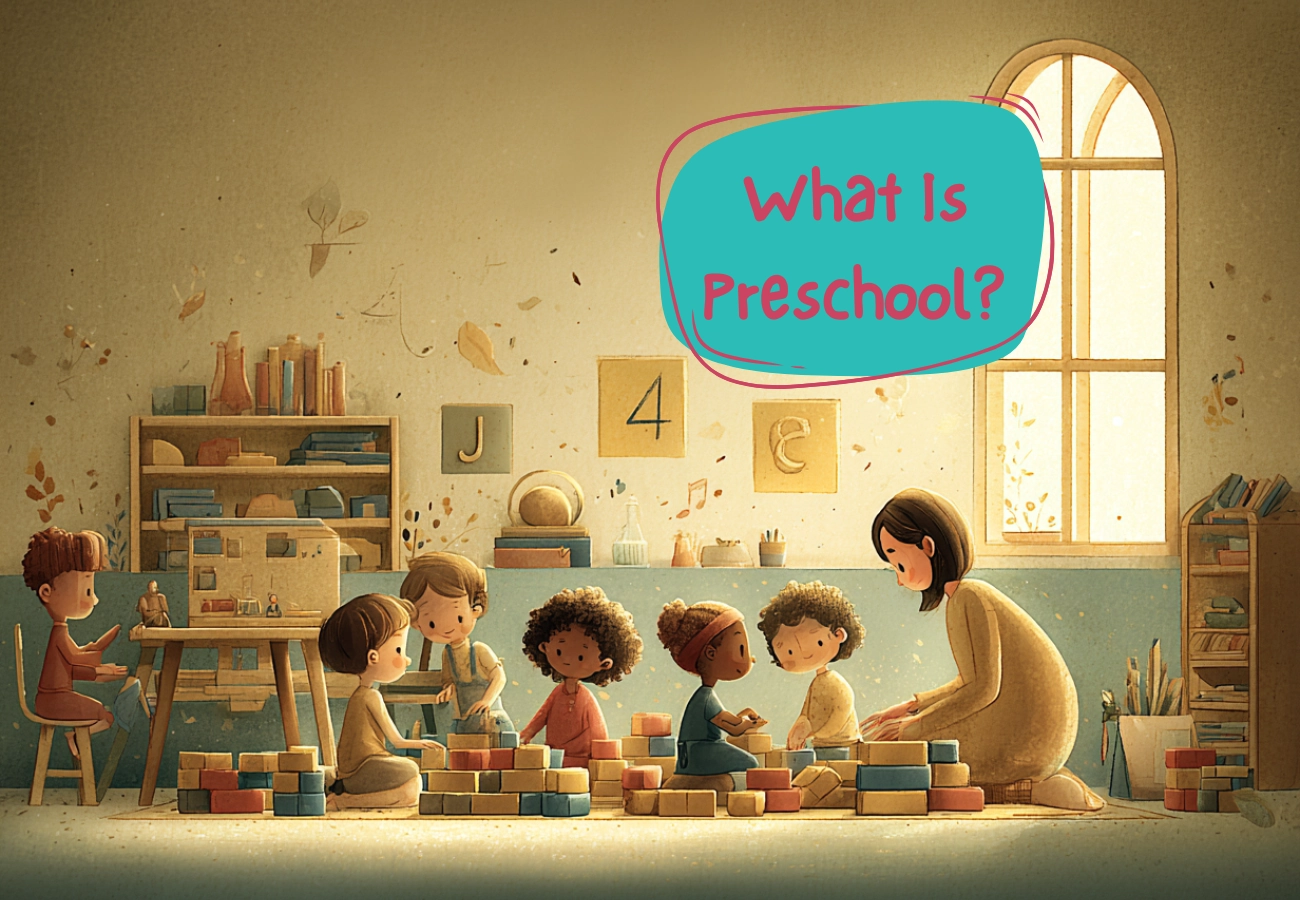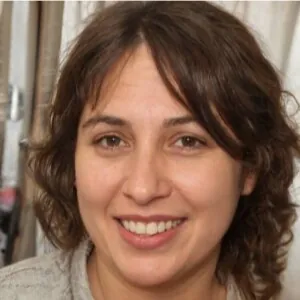Teaching Kids About Healthy Boundaries

In today’s world, where the boundaries between personal desires and external pressures can easily blur, teaching our children the art of setting boundaries becomes an invaluable life skill. By instilling these skills early on, we empower our young ones to navigate relationships, confidently express their feelings, and construct a resilient sense of self.
The Importance of Boundaries in Childhood: Building Blocks for Life
As we navigate the labyrinth of childhood, it becomes evident that boundaries are not just essential but the foundation on which emotional well-being and self-esteem are built. In this section, we dive deep into the myriad ways boundaries shape a child’s world. Drawing insights from child psychologists and seasoned experts, we uncover the profound impact of understanding and practicing boundaries during the formative years. Through their lenses, we’ll see how learning to set boundaries doesn’t just influence the present but lays the cornerstone for a lifetime of balanced relationships and personal growth.
Age-Appropriate Boundary Education
The concept of boundaries evolves with each developmental stage. It’s an intricate dance, harmonizing the understanding of self with the social intricacies of the world. Now, let’s unlock the art of customizing boundary-setting lessons according to each stage, sculpting our children’s foundation of empowerment with care and precision.
Toddlers
In the enchanting world of toddlers, boundaries begin to take shape. As caregivers, our role is akin to gentle sculptors, helping them understand the importance of personal space and respecting others. Here, we introduce the seeds of empathy, teaching them to acknowledge and express their emotions while recognizing those of others. Simple practices like asking for permission before hugging or encouraging sharing of toys set the stage for healthy boundaries in the future.
Young Children
As children venture into the realm of young childhood, the idea of consent starts to take root. This is the juncture where we empower them to use their voice, teaching them that it’s okay to say “no” when uncomfortable. Conversations centered around personal choices and consent lay the foundation for understanding and valuing their autonomy. From playdates to personal preferences, children begin to discern that their feelings matter and their boundaries deserve respect.
Preteens
The preteen years introduce a palette of emotions; here, boundary education becomes pivotal. As preteens experience peer influences and emotional growth, we equip them with tools to decipher and set emotional boundaries. Conversations around friendships, sharing feelings, and asserting personal limits empower them to forge relationships based on mutual respect and emotional well-being.
Teenagers
Navigating the tumultuous teenage years is a feat, and boundary-setting plays a vital role in helping teenagers forge resilient relationships. In this stage, we encourage teens to trust their intuition and understand the nuances of consent within the realm of emotional connections. Discussions on healthy relationships, online interactions, and asserting boundaries even when facing peer pressures are invaluable teachings that lay the groundwork for a future of empowered decision-making.
Remember that age-appropriate boundary education isn’t just about instilling rules; it’s about nurturing a lifelong sense of empowerment. It’s about fostering the confidence to say “yes” to what aligns with one’s values and “no” to what doesn’t. It’s about recognizing that boundaries aren’t walls but bridges that connect our children to a world where their voices, feelings, and autonomy are celebrated.

Leading by Example
Imagine parents as the looking glass through which children glimpse the world’s intricacies. It’s here, in the realm of everyday interactions, that the most profound lessons are etched. When parents model healthy boundary-setting, children internalize the art of respect, communication, and empathy. As you navigate your own boundaries – personal relationships, work, or social interactions – you offer your children a canvas of experiences from which they draw inspiration.
Creating Safe Spaces for Open Dialogue: Encouraging Expression and Consent
By creating a safe environment for children to articulate their emotions and preferences, we empower them with the gift of agency and self-expression. In this sacred space, we explore the essence of consent and how it intertwines with boundaries, teaching children the profound significance of respecting one another’s comfort zones.
Practical Techniques and Exercises
Role-Playing Scenarios. Role-playing reigns supreme. Engage your child in various scenarios where they practice setting boundaries. For instance, you could simulate situations where they must say “no” to a peer’s request or express discomfort to an adult. Role-playing allows them to hone their skills, fostering resilience and boosting their confidence to face real-life encounters.
“Red Light, Green Light”. Imagine your child armed with a simple yet powerful tool to express their boundaries. The “Red Light, Green Light” technique offers just that. Encourage your child to assign “green light” to activities they enjoy and feel comfortable with and “red light” to those that make them uneasy or uncomfortable. This visual cue empowers them to communicate their boundaries, fostering a sense of agency and respect for their feelings.

Best Boundary Phrases to Teach Kids
- “I don’t like it when…”
- “I need some space right now.”
- “That makes me uncomfortable.”
- “I’m not comfortable with that.”
- “I need some time to think about it.”
- “I would prefer if…”
- “Can we talk about this later?”
- “I have a different opinion on this.”
- “I need you to stop.”
- “I don’t want to do that.”
- “I’m not ready for that.”
- “I’m only comfortable with…”
- “I want to be alone for a while.”
- “I need you to respect my decision.”
- “I have my own boundaries around that.”
- “It’s important to me that…”
- “I’m saying ‘no’ to this.”
- “I feel safer when…”
- “I want us to stay within my comfort zone.”
- “I can’t agree to that.”
Encouraging children to use these boundary phrases empowers them to clearly communicate their needs and preferences, fostering healthy relationships and self-respect.
Conclusion
Boundaries aren’t just tools for childhood; they are the compass that guides us throughout our lives. With every boundary set, we sow seeds of self-confidence, cultivate avenues of open communication, and nurture the courage to advocate for our needs.
The echoes of empowerment will resonate across the years, giving our young hearts the power to shape their worlds with grace and resilience.
More articles

Helping Kids Think for Themselves — Gently and Without Pressure
Independent thinking is the ability to look at a situation, ask questions, form opinions, and make choices with confidence. Kids who think for themselves tend to feel steadier in their daily lives. They trust their thoughts and can speak up even if others see things differently. Parents and teachers often want this skill for kids, […]

The Impact of Color and Texture on Children’s Emotions, Behavior, and Learning
Children don’t just see their environment — they absorb it. Every color, every texture, and every visual detail around them quietly shapes the way they focus, relax, behave, and even understand their own emotions. While adults often adapt to a space automatically, children respond to it instantly and instinctively. That’s why creating a supportive environment […]

What Is Preschool and Why It Matters for Early Development
Choosing the right preschool is one of the most critical decisions parents make in shaping their child’s early development. In today’s evidence-based educational climate, early childhood education is recognized not merely as preparatory schooling, but as a scientifically validated foundation for cognitive, emotional, and social growth. High-quality programs such as Little Scholars NYC, an established […]



